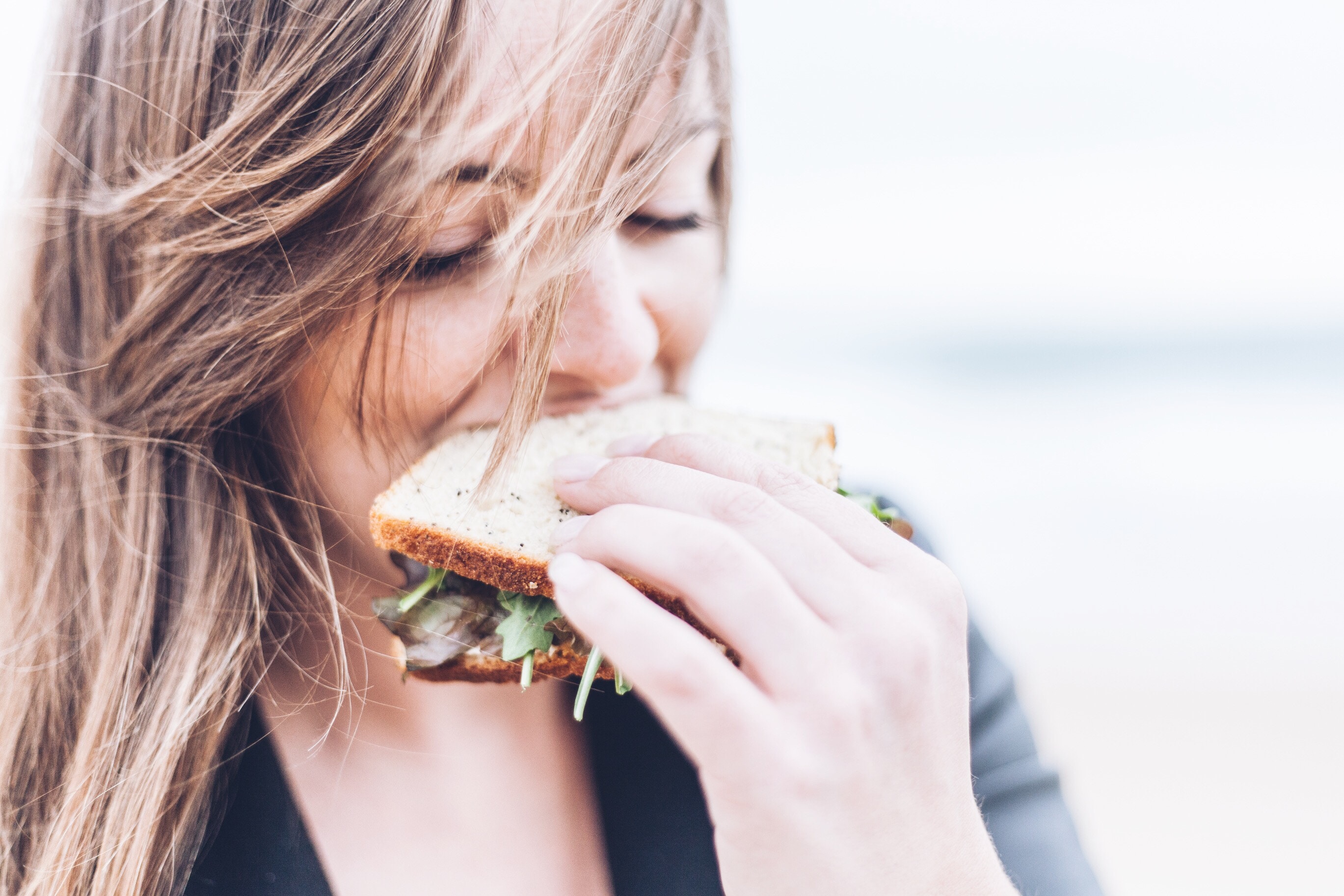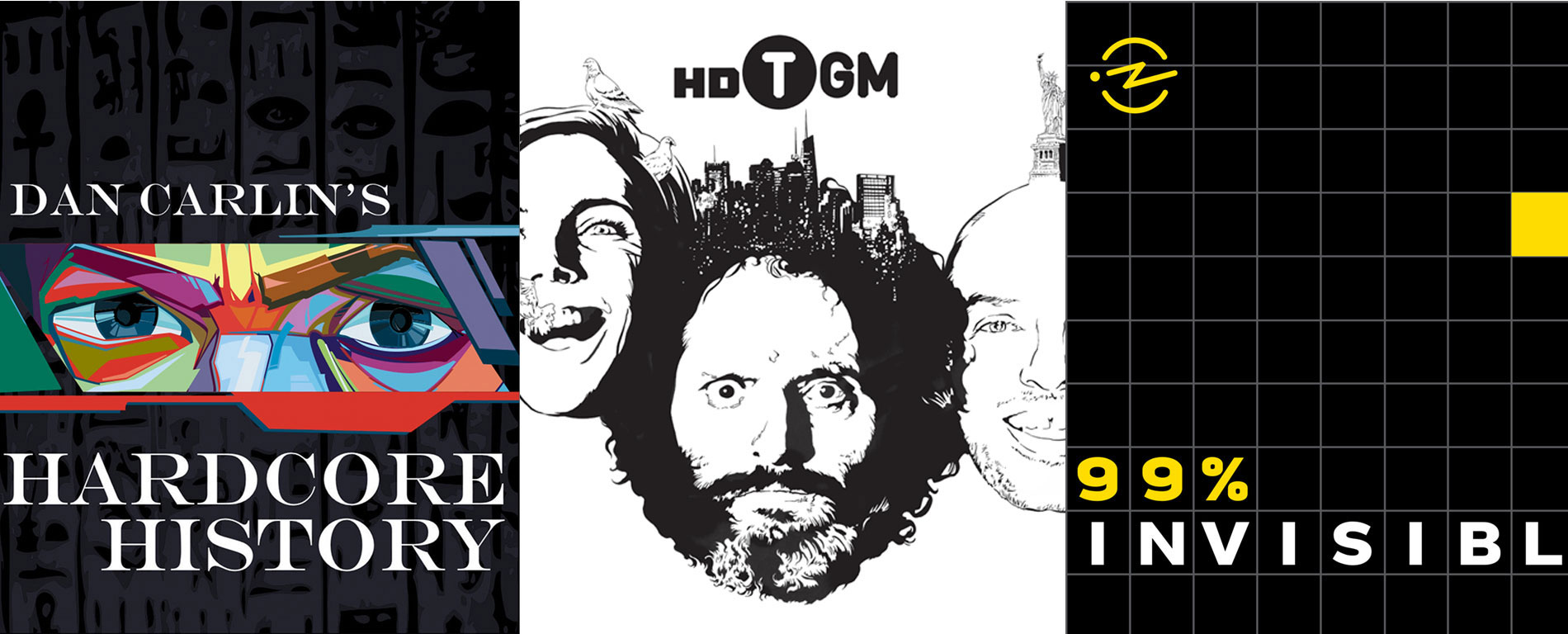HEALTHY INSIDE, HEALTHY OUTSIDE: PAIRING YOUR DIET AND YOUR FITNESS ROUTINE
Whether you’re taking your first steps into the fitness world or a regular gym rat, when you’re committing to a fitness routine, you need to have a particular goal in mind. What most people don’t realize, however is that diet works hand in hand with exercise to help you reach your healthy ideal. When choosing a diet plan, you have to go beyond crash diets and protein shakes. You have to decide what to eat, how much, and how often.
Looking to Lose Weight?
If your primary goal is to shed a few extra kilos in time for the next wedding or family function, you’re looking at a high intensity, fat-burning workout. This would include exercises such as lunges, squats, push-ups, and crunches. The fitness routine should be paired with a proper diet to encourage over-all weight loss.
When eating to lose weight:
- Create a calorie deficit- Look up your required caloric intake, and consume 20% less than required. This causes your body to start burning stored fat for energy.
- Small meals, more often: Rather than eating three large meals, have small portions more frequently, at regular intervals in a day.
- Cut down carbs and fatty proteins: Carbohydrates increase sugar levels and the production of insulin, a fat-storing hormone. Opt for moderate amounts of healthier carbs, such as brown rice, whole grains, or sweet potatoes. Fatty proteins such as some red meats (bacon, ham, t-bone steak) can increase the fat stored in your body.
- Increase lean meats, fiber, calcium and vitamin D: Fiber-rich foods keep you full longer, allowing you to eat smaller portions. Vitamin D, found in foods like cheese, egg yolks, and mushrooms, also plays a role in the production of the hormone leptin, which indicates to the brain when you’ve eaten enough.
Trying to gain muscle?
When it comes to gaining muscle mass through exercise, you have to get into weight training, though your routine will vary greatly based on your skill level. Once you’ve chosen the training routine that’s right for you, you need to supplement it with a proper diet.
When eating to gain muscle:
- Create a caloric surplus: Find out your required caloric intake, and consume an additional 250 calories. This provides your body with the calories it needs to create new muscle tissue.
- Light meals, regular intervals: Though it may seem counterintuitive, keep your meals well proportioned and light. This, along with eating at regular times can help your body maintain energy levels and keep it from storing fat instead of creating muscle.
- Don’t skip breakfast: Having breakfast gives you the energy to get through your work out and prevents your body from breaking down muscle tissue for energy.
- Cut fatty meats, and saturated and trans fats: Foods with a high fat content can lead to a build-up of fat stored in your body, and sabotage your efforts. Avoid red meats, sweets, and creamy or buttery foods.
- Increase complete proteins, carbs, and fiber: These foods are vital for providing your body with raw material to build muscle mass. Complete proteins are especially beneficial in building muscle tissue. They can be found in eggs, dairy and all meats, as well as in soy, quinoa, and beans.
Hoping to increase stamina?
If you find yourself winded when you try to keep up with the kids, you may want to consider working on your stamina. Your fitness routine should include heavy cardio, such as jump rope, aerobics, and jogging. Stamina is something that builds up over time, so a healthy heart is key. A ‘heart healthy’ diet is required to help you maintain this workout.
When eating to improve stamina:
- Maintain your calorie level: Don’t consume too many or too few calories. When trying to build stamina it is important to give your body enough energy to burn, but it is equally important to maintain an equilibrium of fat and muscle in your body.
- Moderate portions: Avoid overeating. Serve yourself in smaller dishes, and be aware of how much you eat. Stop when you start to feel full, not when you feel overstuffed.
- Cut sodium and saturated or trans fat: Overindulgence of foods high in sodium and fat increases cholesterol levels, which puts a strain on the heart.
- Increase lean meats, fruits, vegetables, and whole wheat: Lean meats increase the levels of good cholesterol and lower triglycerides. Fruits, vegetables, and whole wheats are good sources of vitamins and fiber. These reduce strain on the heart and prevent cardiovascular issues.
When it comes to fitness, we tend to focus on exercise and forget the role of a healthy diet. However if you want to reach your fitness goals, you need to give yourself a boost by choosing the best foods for the job. Balance is the key. After all, a healthy diet is the first step in a healthy lifestyle.





